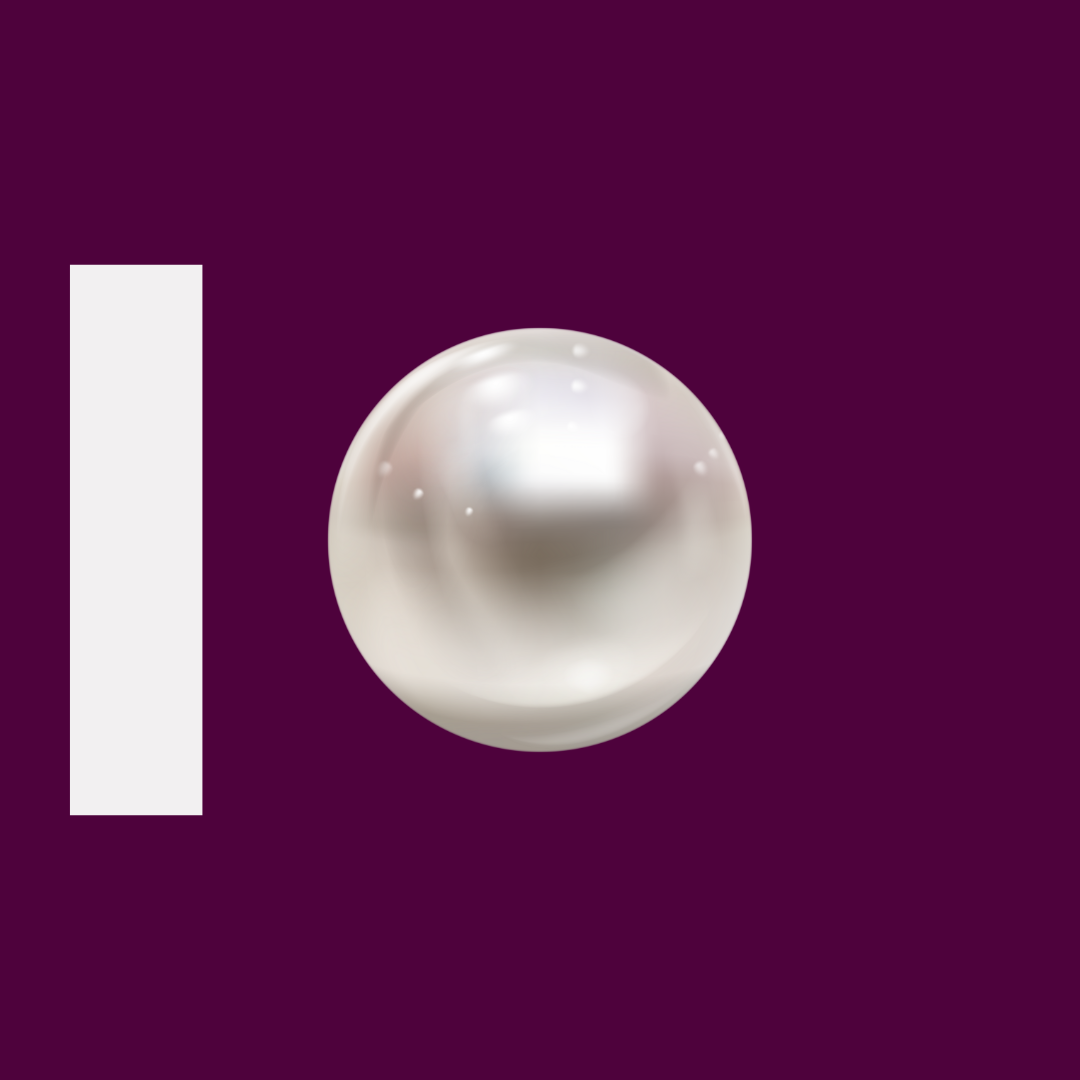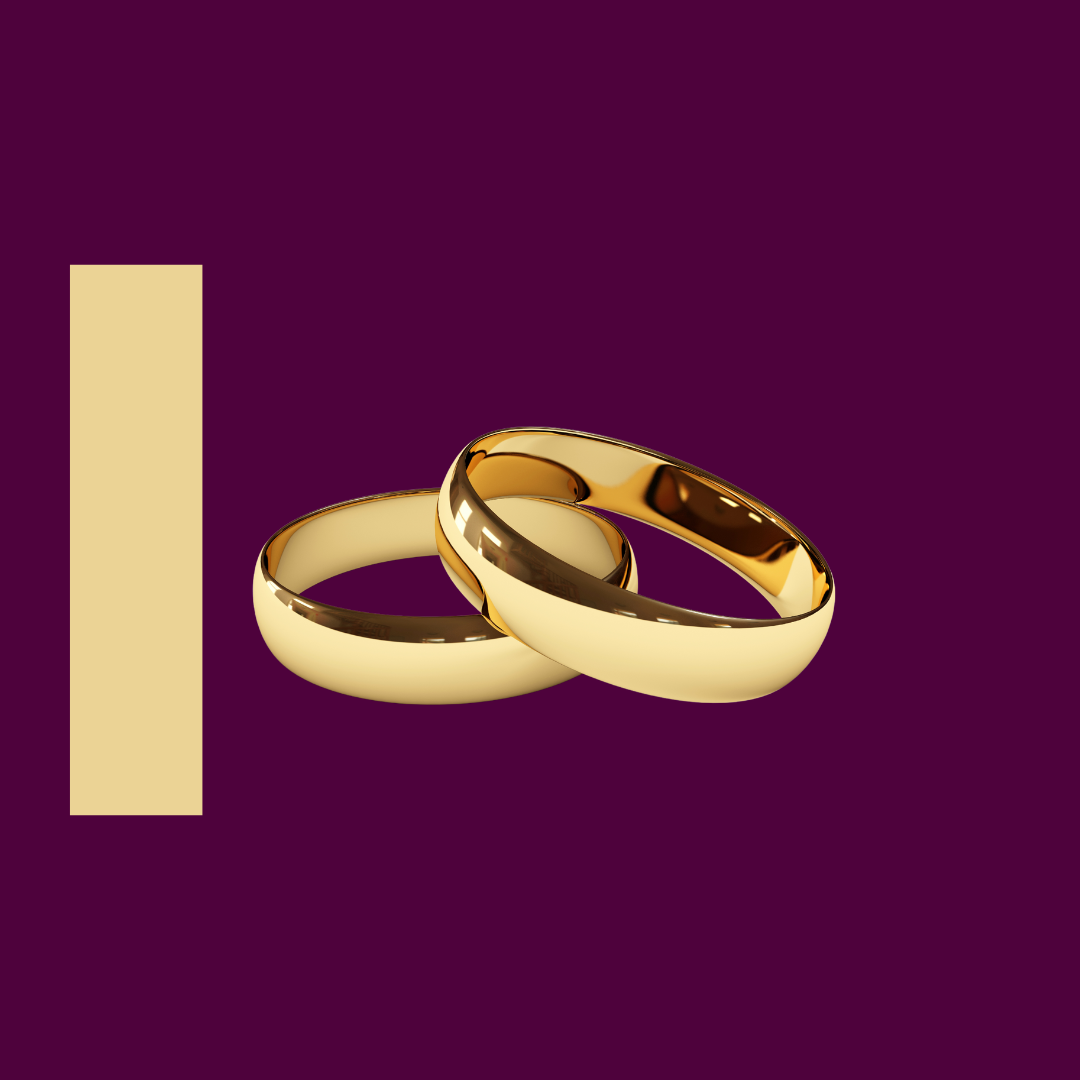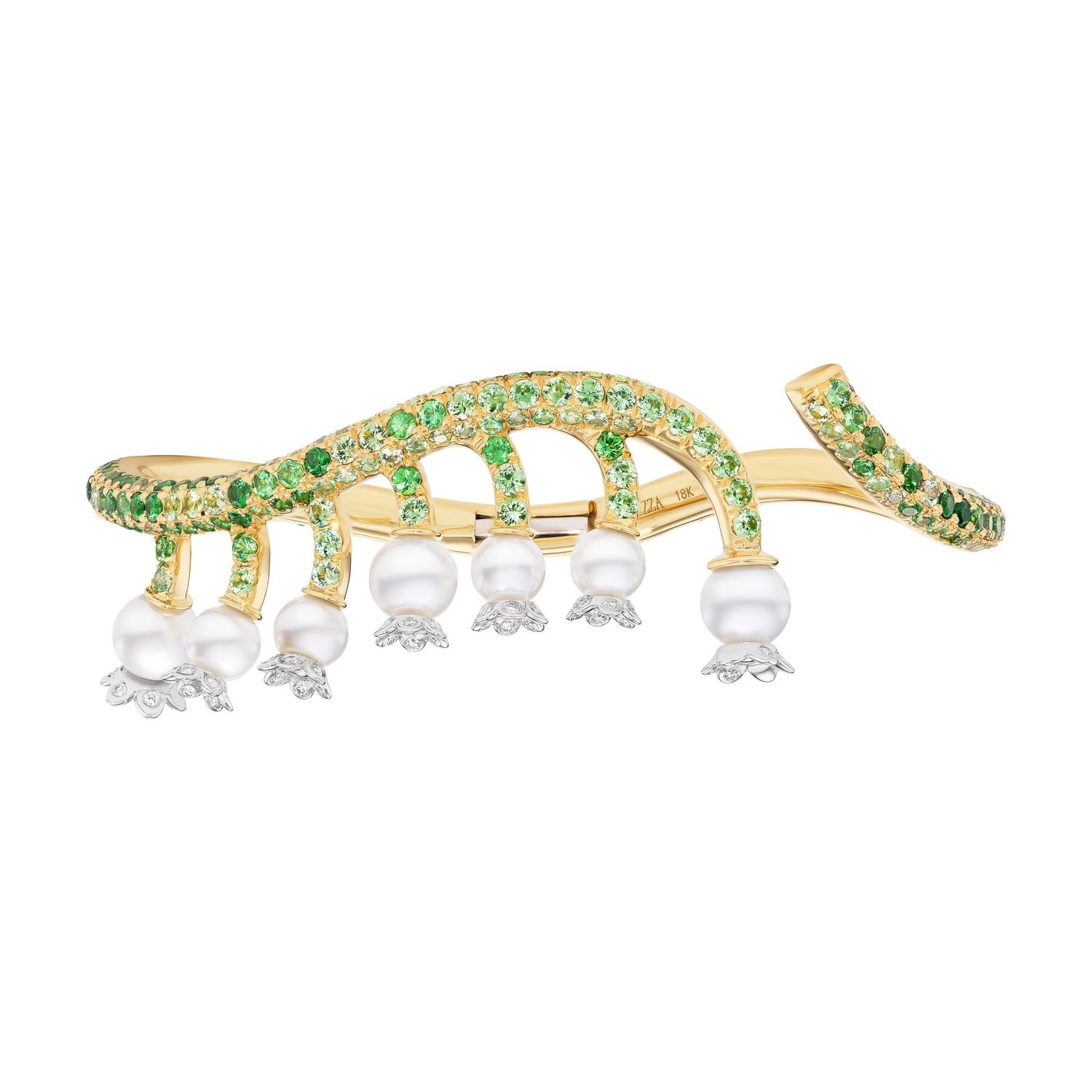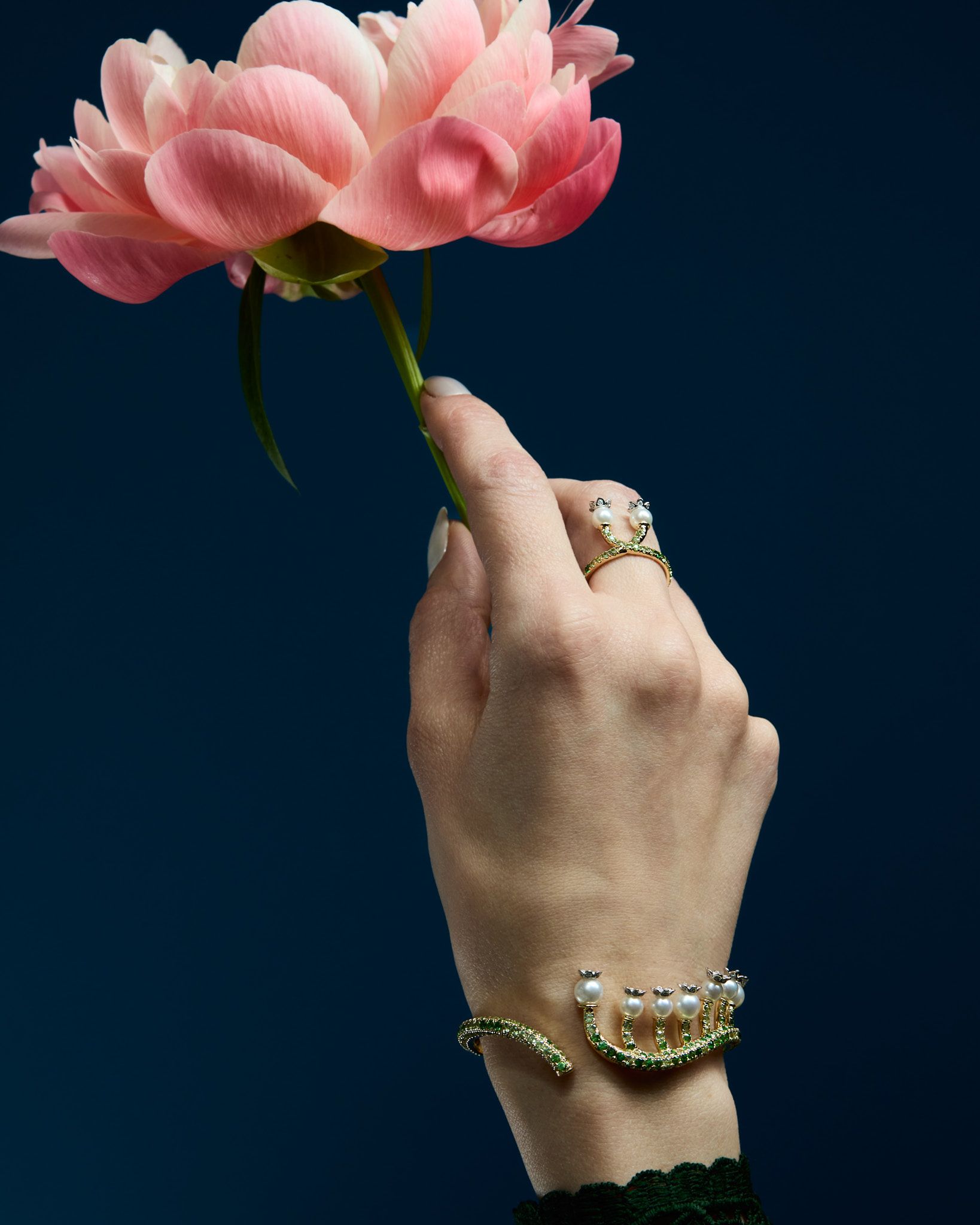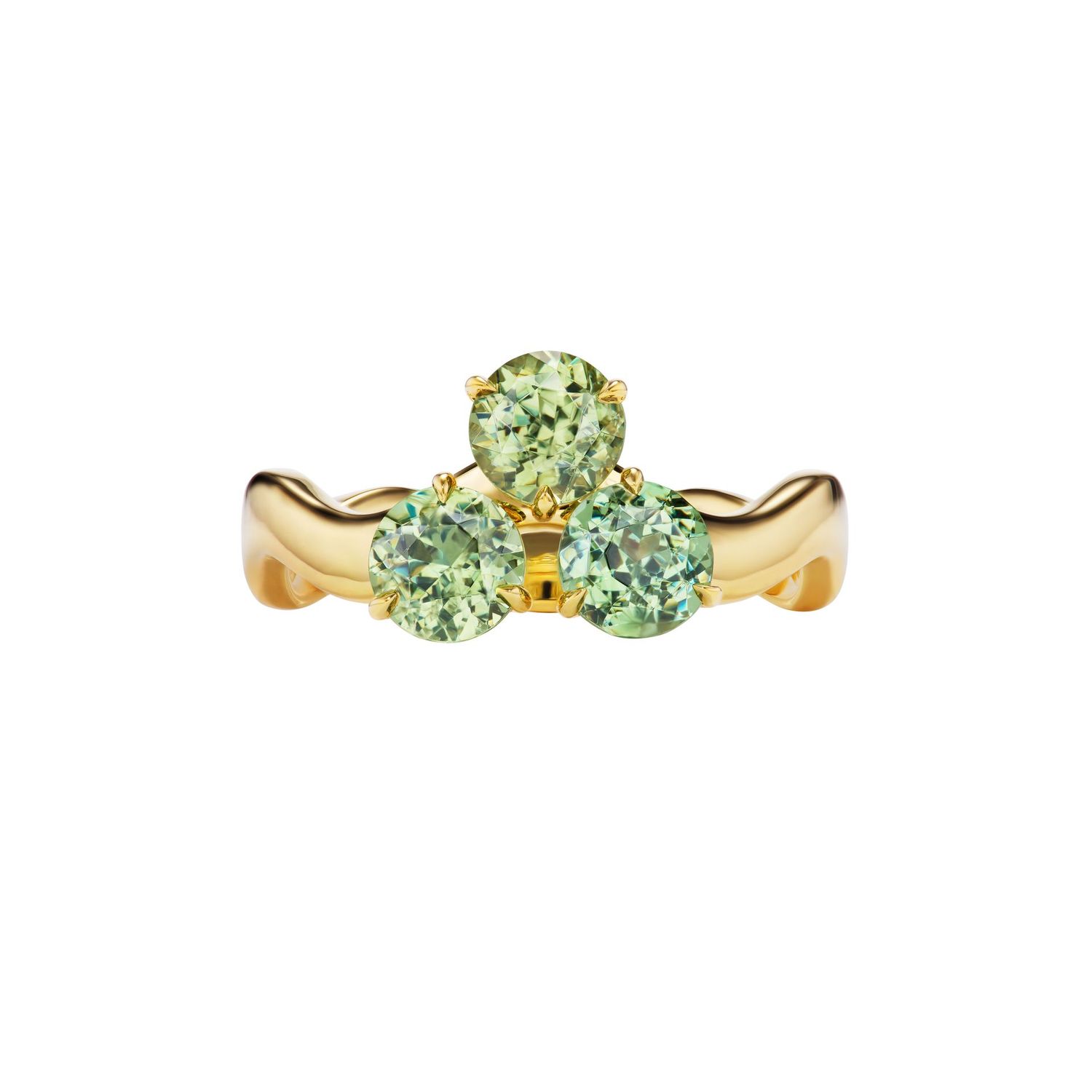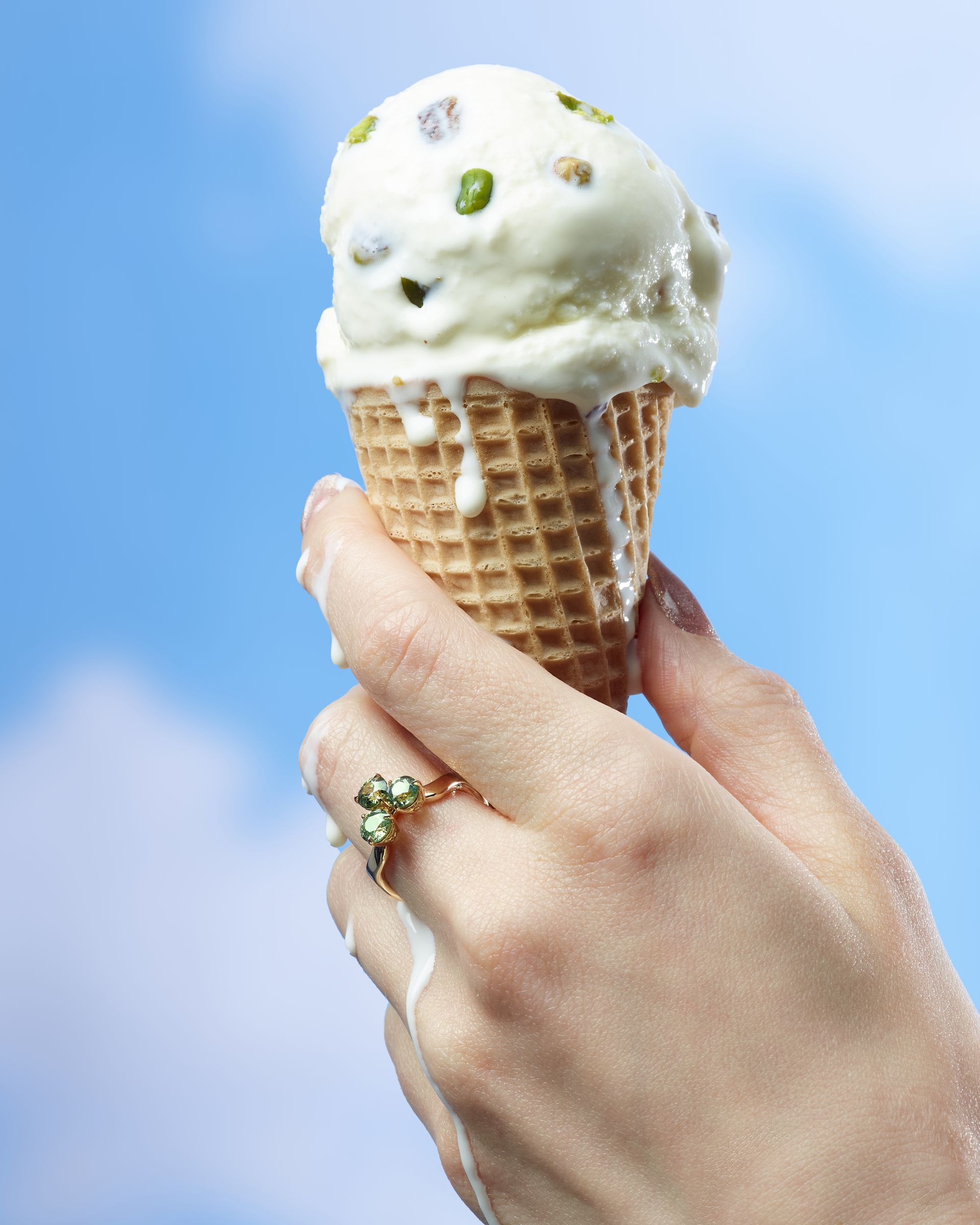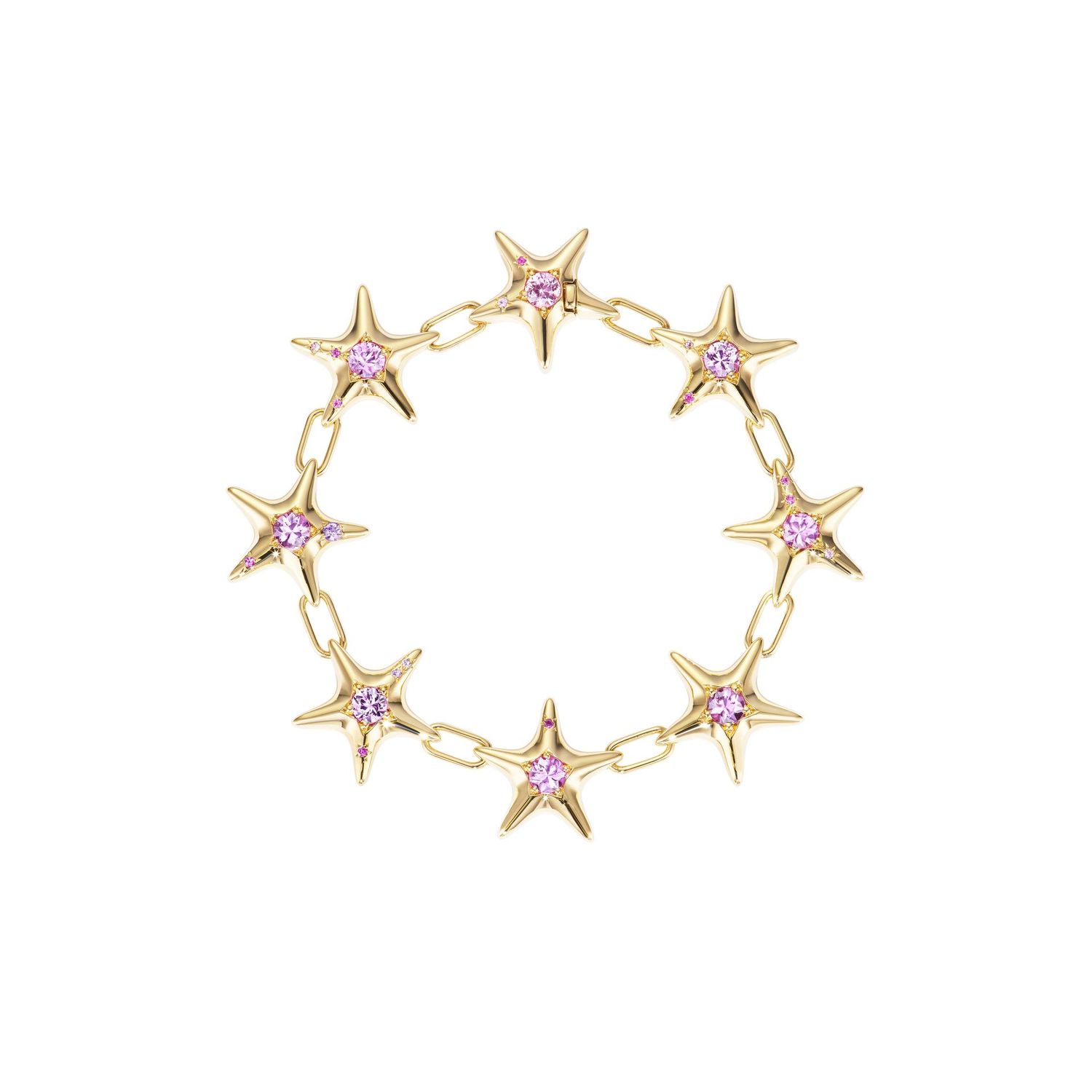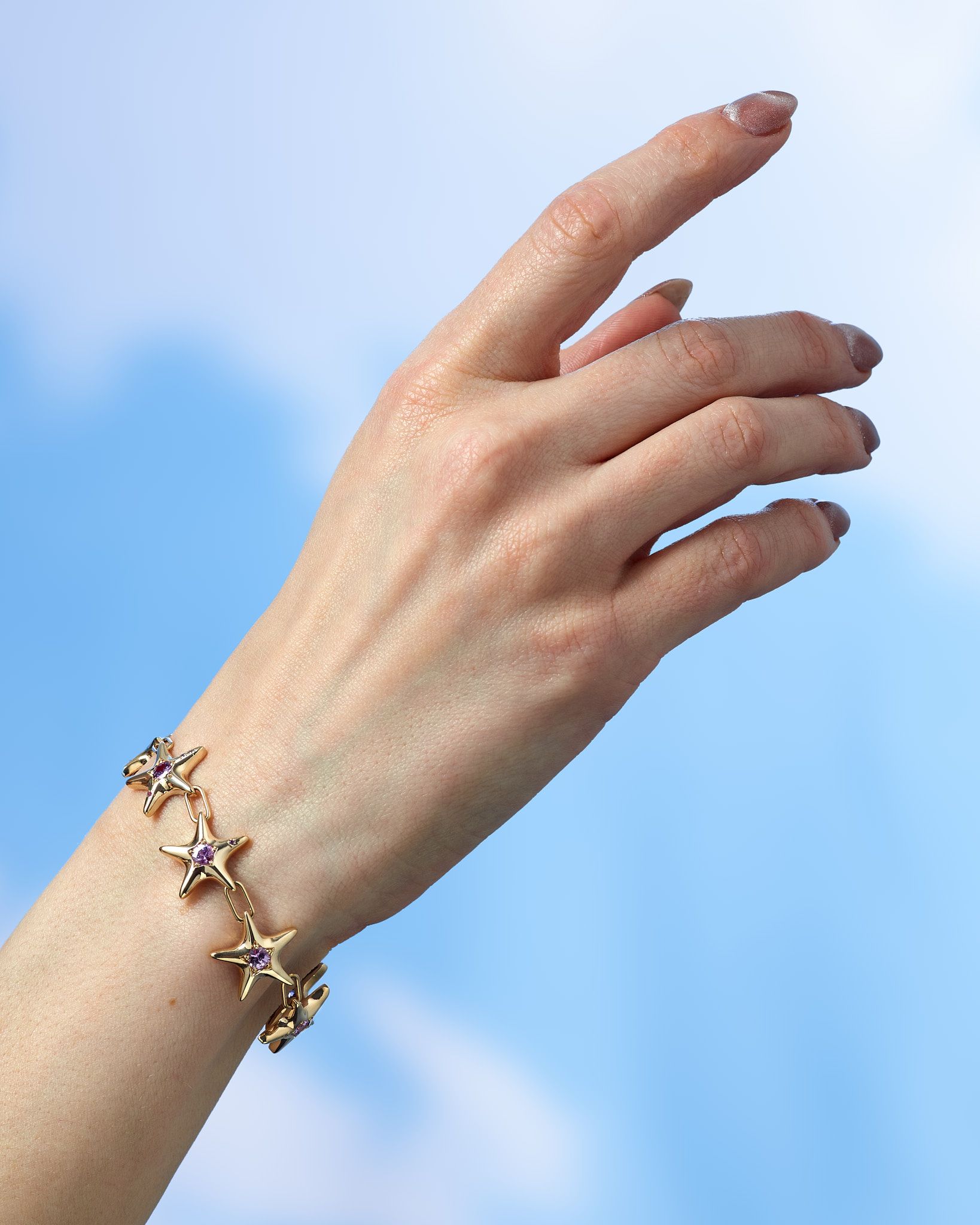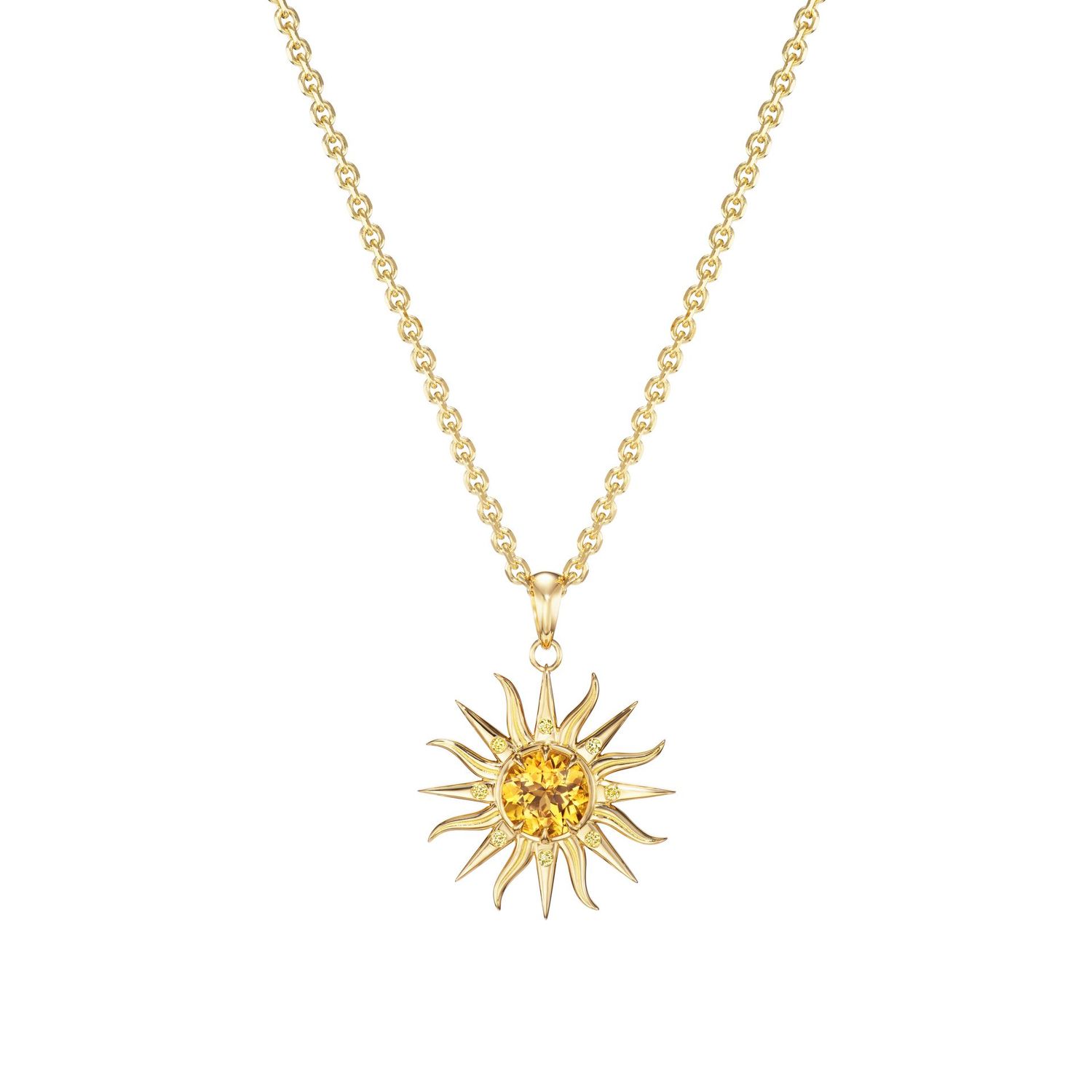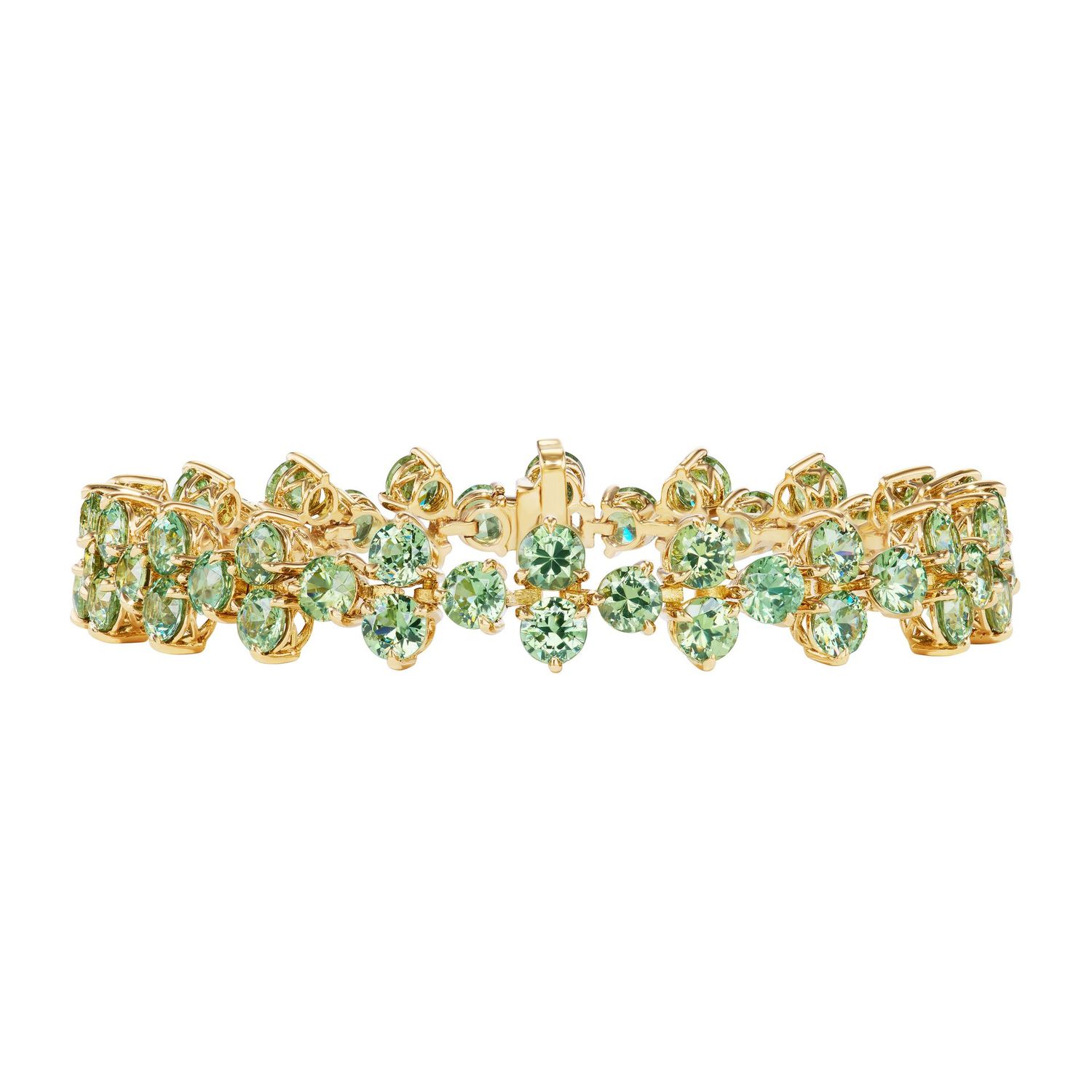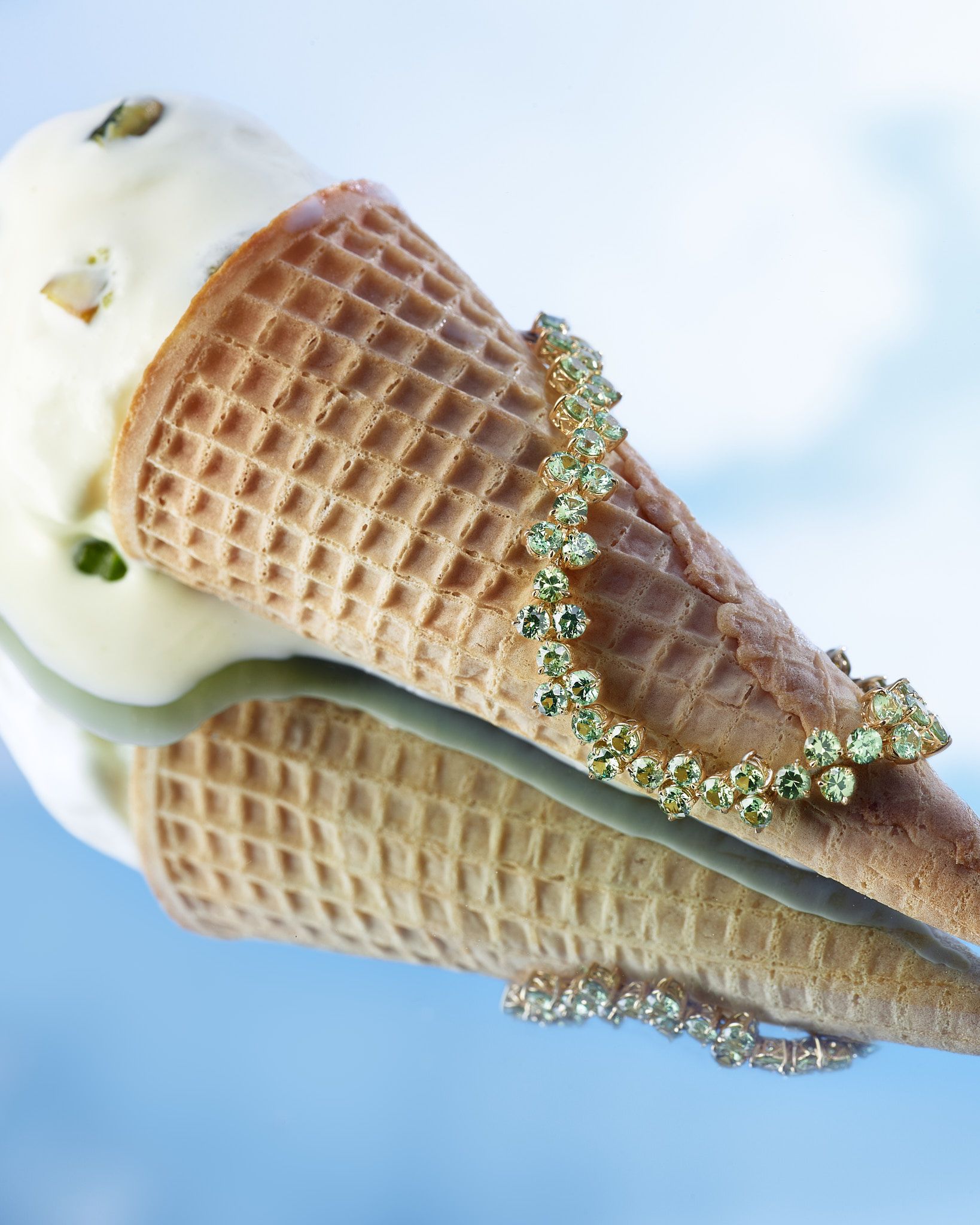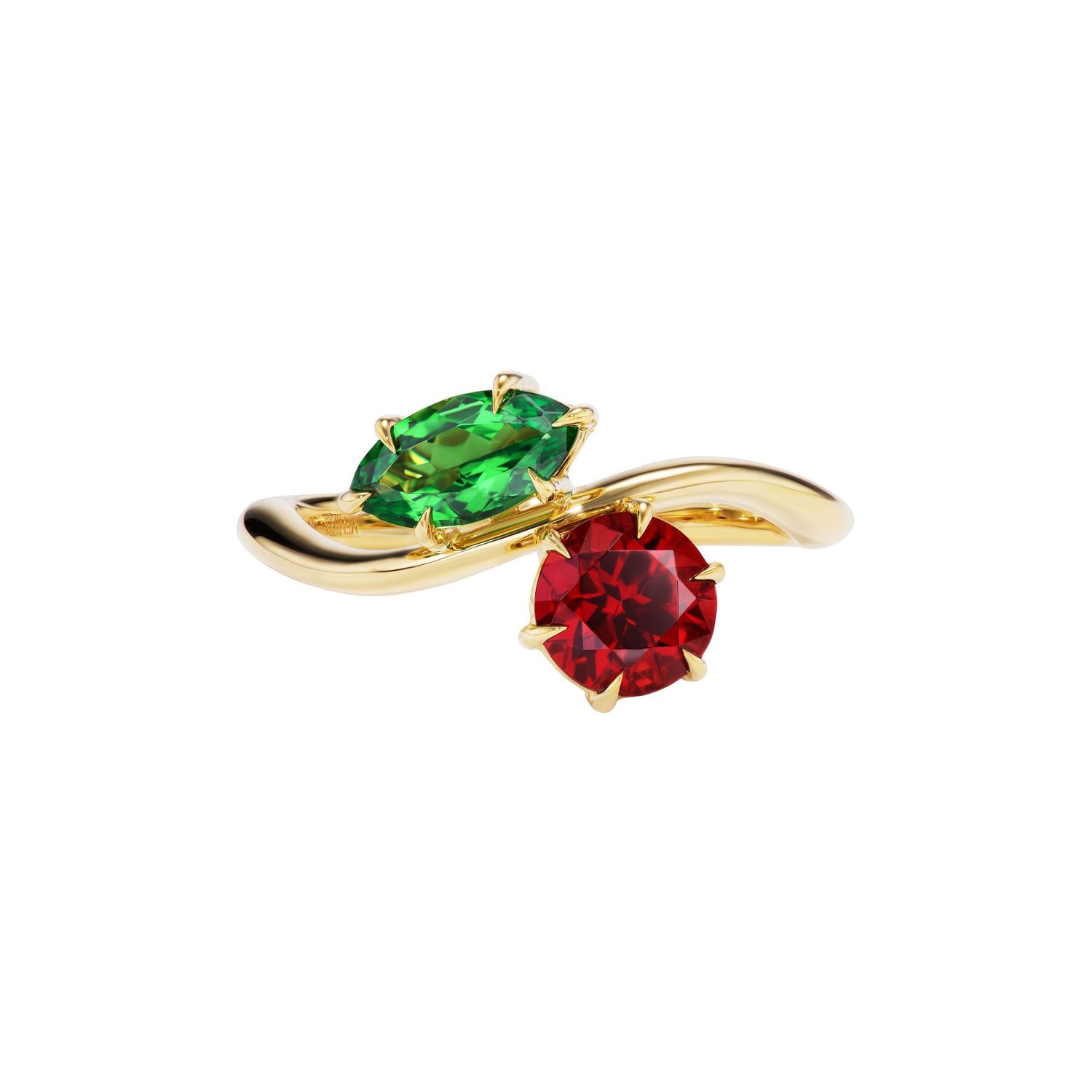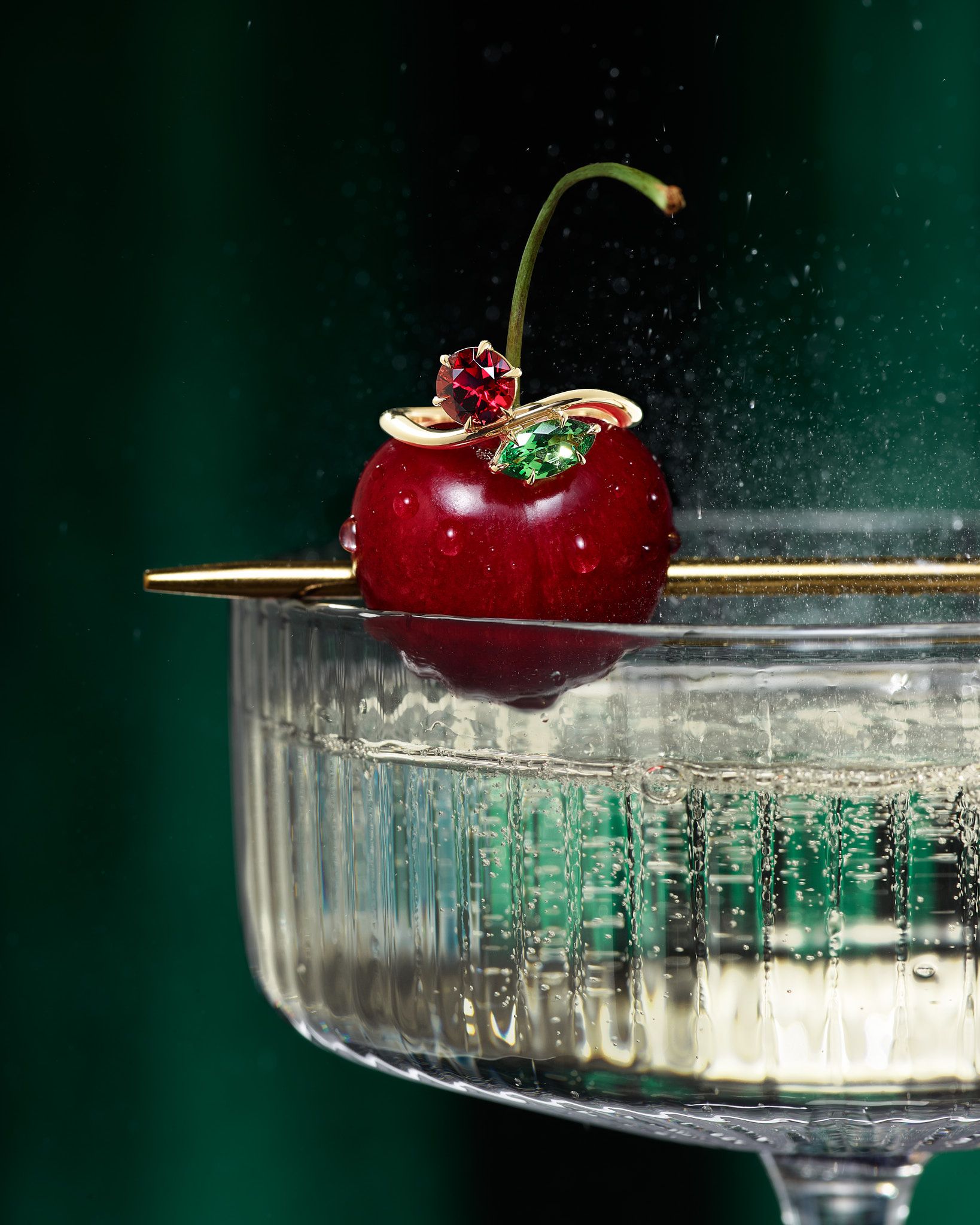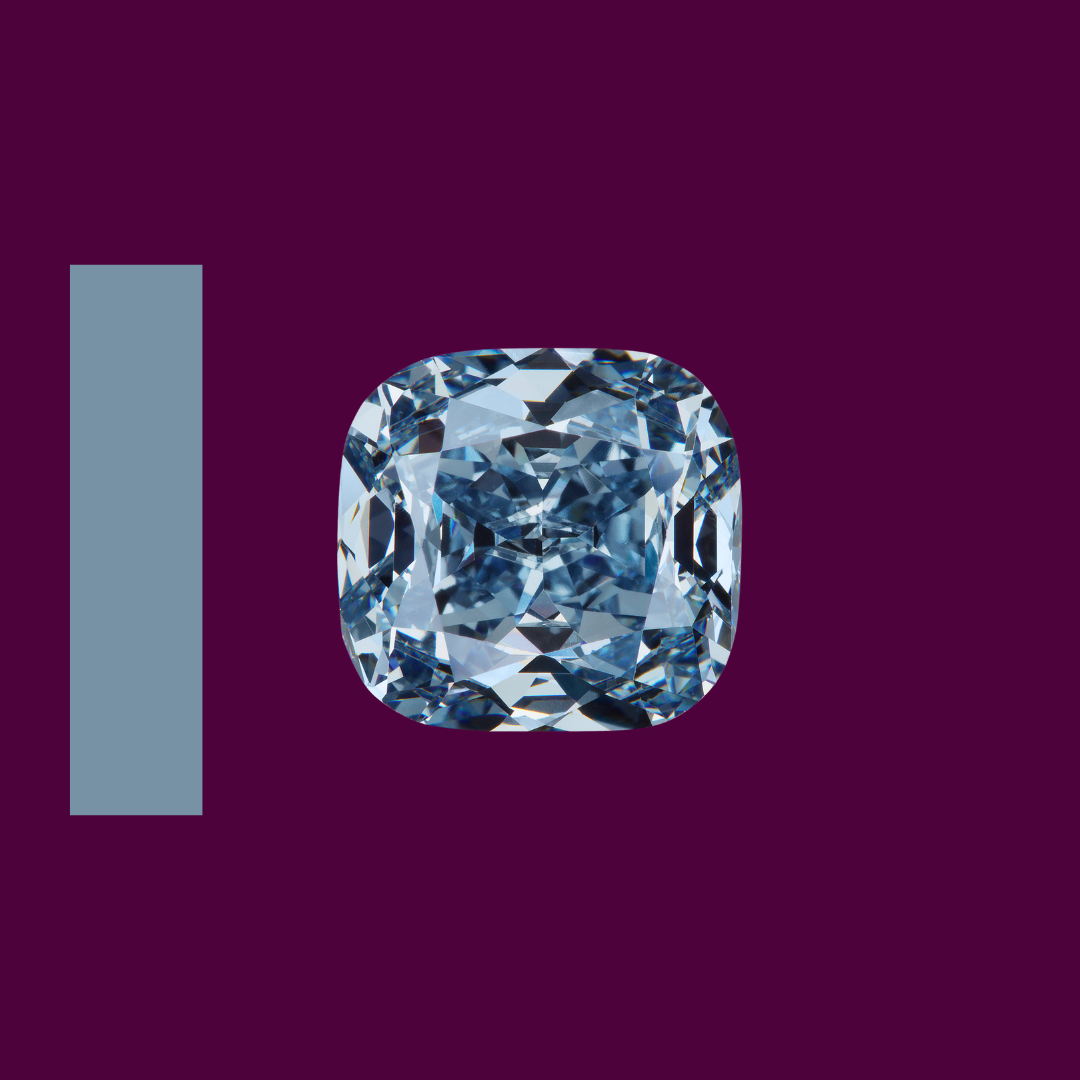By Paula Doebrich
•
April 4, 2025
The biggest misconception about fine jewelry is that it needs minimal care to last forever. The opposite is true: the higher quality your jewelry the more careful you want to be. Just like your finest clothes or shoes, there is a way to preserve the beauty of precious jewels. The materials that fine jewelry is made of are delicate. While it is true that solid gold and platinum jewelry won't stain your skin, they are far from indestructible. High carat gold and fine gemstones are fragile treasures! Here is how to preserve them: What to Know About Gold Jewelry Care First, it is important to keep in mind that there is no jewelry made with pure gold. All commercially available gold is alloyed with other metals. The karats of gold tell you how much pure gold is present: 14 karat gold has 58.3%, 18 karat gold 75%, and 22 karat gold 91.6% pure gold. So, when you see solid gold jewelry it is real gold - as opposed to gold plated - but it will never be 100% pure gold, as this would be impossible. But more is not always better -it depends on what your needs are. The higher the gold percentage, the softer the metal. Pure (24 karat) gold is so soft, you could easily bend it - not something you want from a ring or bracelet. 22 karat gold can be used for chunky rings but is never recommended for prong setting precious stones or clasps due to its softness. At Meluzza, we use 18 karat gold, which is hard enough to set stones safely with prongs but it still needs to be treated with care. Because gold is soft it will scratch easily with daily wear. You can always repolish it but scratches aren't a quality indicator, they just indicate how much you wore your jewelry. White gold is higher maintenance. Since gold is naturally yellow, you will notice a yellow touch overtime. White gold may need to be replated regularly to maintain the white color, and how long the plating lasts will depend on how well you take care of your jewelry. With impact and improper care, gold can also bend or even break. What to Know About Platinum Jewelry Care Platinum is more easy going, as it is always used in its pure (or 99.9%) form. However, platinum is more malleable, which means it is easier to bend. This is why you want to be careful with any impact and avoid putting pressure on platinum jewelry. Platinum also scratches much more easily than gold. Some people find the scratches desirable as they build a so-called patina over time. When Not to Wear Fine Jewelry: 1: To the Gym and While Exercising While it should be obvious that wearing rings while doing weights is a bad idea, other activities aren't safe either. Rings can also bend while doing any activities that require you to have a strong grip, such as biking (or spinning), playing tennis, or rowing to name a few. It's not just rings that aren't safe at the gym or during exercise. The gym is a place where you are generally more likely to bang your jewelry on something, which may result in damage to gemstones, and any exercise puts you at risk for falling. The impact and pressure on clasps can cause them to weaken and eventually open. This is not a sign of poor quality - no jewelry clasp is designed in a way to withstand strong, prolonged pressure without popping open. Otherwise you wouldn't be able to take it off. Chains can also tangle, which doesn't cause damage right away but is tricky to deal with, and may in the long term cause them to snap. And all the sweat can make gold and gems look dull. 2: At the Spa The spa is an environment with extreme temperature changes, high humidity and/or dry air, all happening minutes apart. Many gems do not take all of the above well. It is safest to remove your jewelry before any activities that include strong heat, humidity and dry air. Additionally spas often use chlorinated water, which you want to avoid - more on that below. 3: The Pool Now let's talk about chlorine: the chemical damages metals that gold is alloyed with. With frequent exposure to chlorine, gold gets brittle and prongs may break off. While platinum is not affected by chlorine, the chemical may also affect certain gemstones, so just avoid jewelry in the pool altogether, especially if going in for longer periods of time. 4: The Beach Losing your jewelry in the ocean is a very sad and in most cases irreversible experience. But saltwater can also damage and discolor metals, such as gold and platinum, and can slowly erode the polish of most gemstones. Even if you are staying out of the water, sand will be a problem as well. Tiny sand kernels that are hard to clean out are likely to get stuck in your jewelry making it look dirty. And you will hopefully be applying sunscreen regularly which can cause a film to form on jewelry, making it appear dull. 5: While Cleaning Even when doing light cleaning, it is best to remove any jewelry. The harsh chemicals can damage metals and weaken prongs, which increases the risk of losing gemstones. Many gemstones also don't take exposure to most chemicals well. 6: The Shower When diamonds and gemstones are exposed to oils, soaps, and lotions, it can leave a film over them resulting in less sparkle. Softer stones like pearls or opals can be damaged when worn in the shower. Wearing solid gold jewelry in the shower will not harm the metal itself, but it can reduce the shine therefore it is not recommended. Remember that jewelry should always be the last thing you put on. Lotions will not just leave an ugly film on your jewelry, the chemicals can react with the metals that gold is alloyed with and cause discoloration or tarnishing. If you frequently put on jewelry right after applying lotion, makeup or perfume, your solid gold jewelry may leave a dark mark- this is not a sign of poor quality, just an expected chemical reaction. 7: To Bed This one may be controversial, but it’s generally best to remove jewelry before bed. When you sleep with any gemstone jewelry on, you risk breaking the stone. Additionally, chains on pendants can stretch, weakening them. Friction from sheets and movement while sleeping can wear down the metal and loosen prongs on rings and pendants, potentially causing damage to your jewelry. 8: To the Nail Studio Make sure you remove all rings and bracelets before getting your nails done. Acetone will damage your jewelry and may also cause damage to some gemstones. As much as you try, some of it is very likely to drip down on your precious rings, so better to just take them off! 9: To the Club I know you want to show off your jewelry but leave your best pieces at home before a night out. If you are planning on dancing all night you are likely to put impact on your jewelry. You might also sweat a lot and risk banging jewelry - especially gemstone jewelry - against objects. Not to mention, the high risk of falling asleep in your jewelry after a night out. 10: While Cooking Not only is food likely to get stuck in your rings making for an unpleasant look, the cooking oils may spray onto your jewelry and make it look dull. You may have to frequently wash your hands and dishes, so it's best not to wear fine jewelry while doing serious cooking - reheating leftovers is ok! A Gray Area: Stacks Stacking your jewelry is causing scratching and often damages gems. Anything stacked with a diamond will become scratched, as diamonds are the hardest stone and scratch both other gems as well as all metals. But the metals rubbing against each other will also cause scratching. This is well known and most people prefer to take the risk. You just need to be aware that the jewelry you stack will start looking dull faster. And if you are stacking gemstone jewelry, you may damage gems faster, especially if you mix gemstones and diamonds. A "neck stack" (which is a lot of chains and necklaces combined) can also get severely tangled, sometimes resulting in chains to snap. If you are ok with having scratched and tangled jewelry, go for the stack. Just know the look comes at a price. Avoid stacking any softer stones, like pearls or opals. How to Maintain Your Fine Jewelry Fine jewelry requires a lot of maintenance to last. If you aren't willing to care for your jewelry, don't be surprised when the "investment" piece breaks or looks dull after a few months. The easiest way to maintain its beauty forever is to avoid any of the activities listed above. You should also get a professional assessment at least once a year or any time something doesn't feel right. There are certain things you can check at home regularly: Check if your gemstones are secure: gently move your finger over the stone to check if it's loose. Asses your clasps: clasps can weaken with frequent wear, so make sure you check that closures and clasps work well periodically. Look out for chips: if you notice a small chip on your gemstone, make sure to take it in for further evaluation. Check the shape of your rings: if you happen to keep your ring on for one too many gym sessions, it could bend out of shape, which weakens its structure. If you notice anything looking off, make sure to get it looked at. I know you will probably continue doing a lot more activities with your jewelry on than recommended. If you choose to do so just know that damage is a common side effect. It's easy to blame it on quality and your jeweler. But if you went on a run in high heels, you wouldn't be surprised they aren't wearable afterwards. Same should be true for a fine bracelet you wear to the gym all the time.
